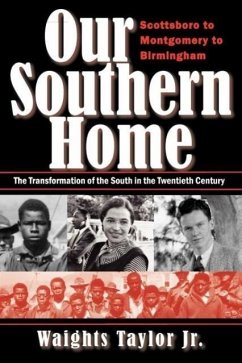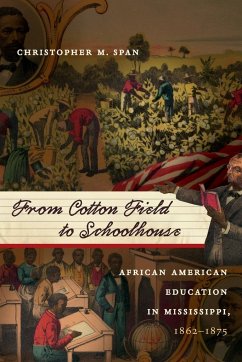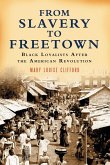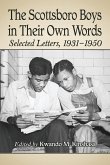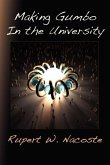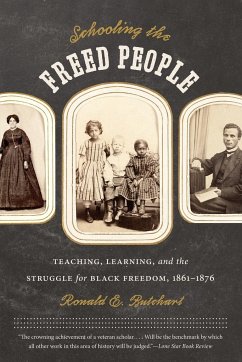Three eighteen-year-old southerners start the day of March 25, 1931, not knowing that the events soon to occur in Scottsboro, Alabama will lead them and the South on an inexorable journey of change: Clarence Norris, black, is boarding a freight train as a hobo in Chattanooga; Waights Taylor, white, is a student at the University of Alabama; Rosa McCauley Parks, black, is a resident of Pine Level, Alabama. The three become involved in the Scottsboro events in different ways with profound implications to the region and their lives. Three cities-Scottsboro, Montgomery, and Birmingham-are the critical points for the events about to unfold: Clarence Norris becomes one of the Scottsboro Boys; Waights Taylor is from an upper middle class Birmingham family; Rosa Parks will spark the start of the civil rights movement in Montgomery. Each city bears the scars of its segregated past leading to the second emancipation of African Americans from the yokes of slavery and segregation. Our Southern Home-Scottsboro to Montgomery to Birmingham: The Transformation of the South in the Twentieth Century is a narrative history and is based on four broad themes: (1) The inevitability of change for better or worse; (2) The Scottsboro period in the 1930s represents the nadir in Alabama's segregated history; (3) The importance the accident of birth places on most individuals, and the resulting extreme disparities between being born white or black in the South; (4) Southerners, black and white alike, are inexplicably connected, both figuratively and literally, in ways the region has yet to fully recognize and accept. The life stories of Clarence Norris, Waights Taylor, and Rosa Parks are the book's consistent thread through the twentieth century, the tragedy of the Scottsboro Boys and their trials, and other important civil rights moments in Montgomery, Selma, and Birmingham.

